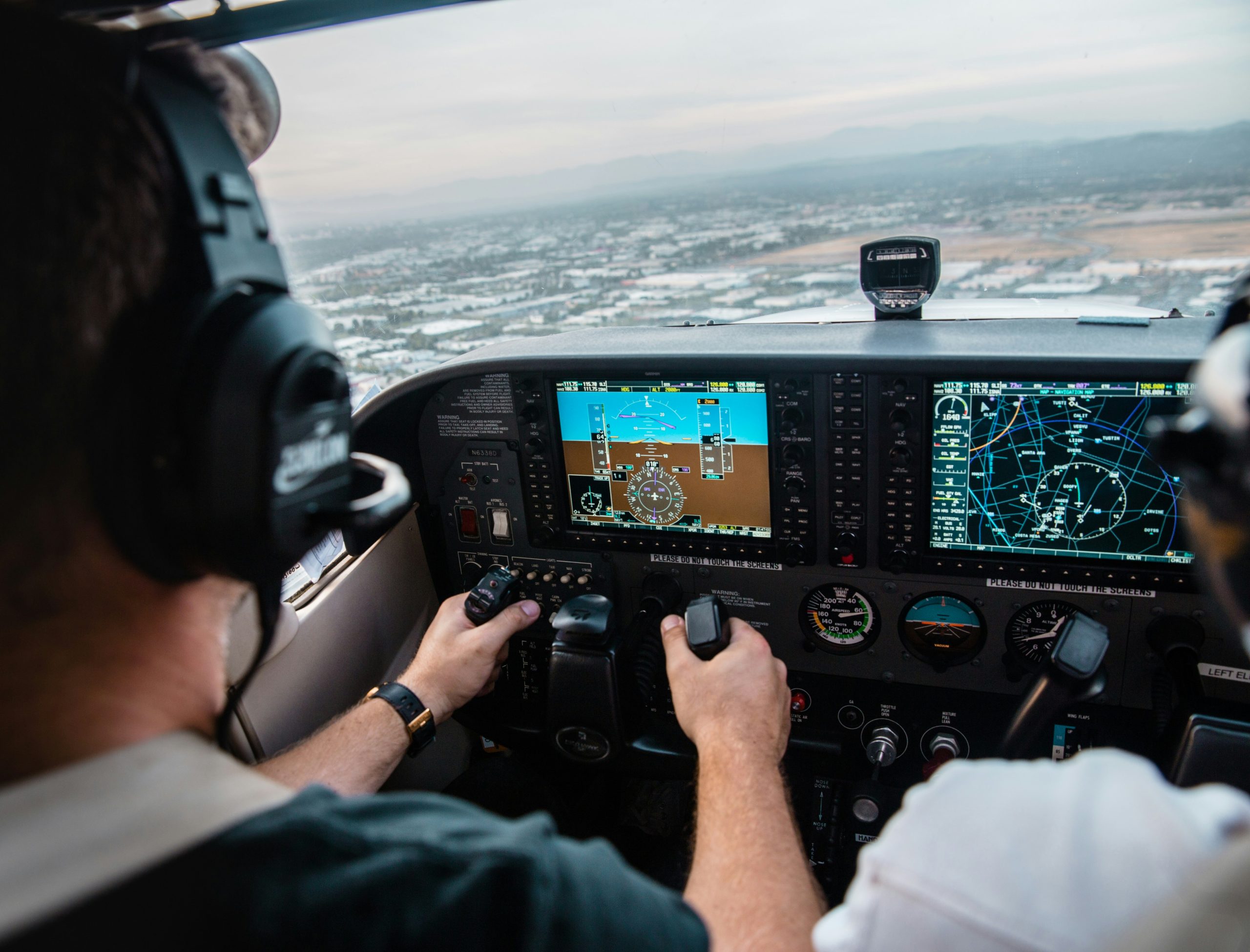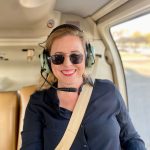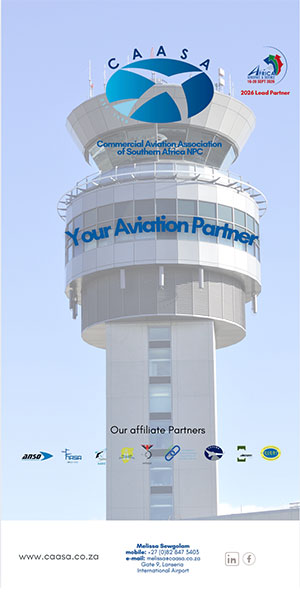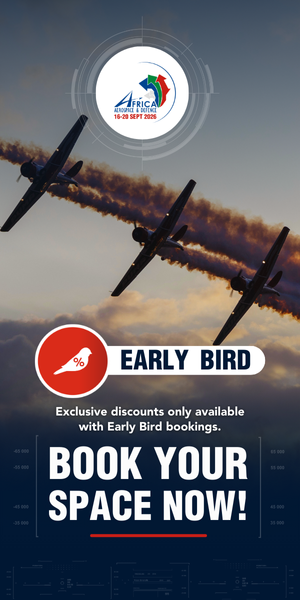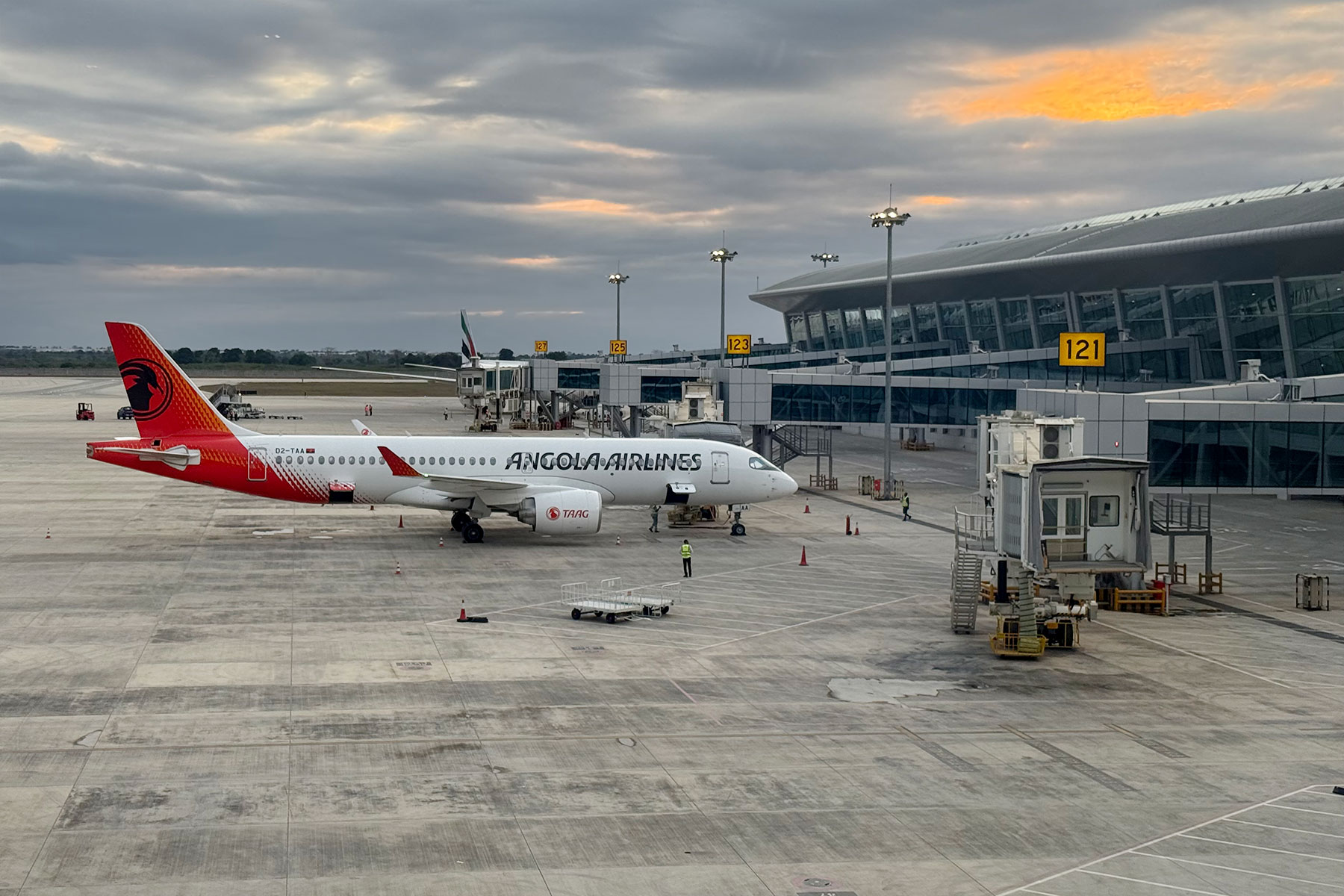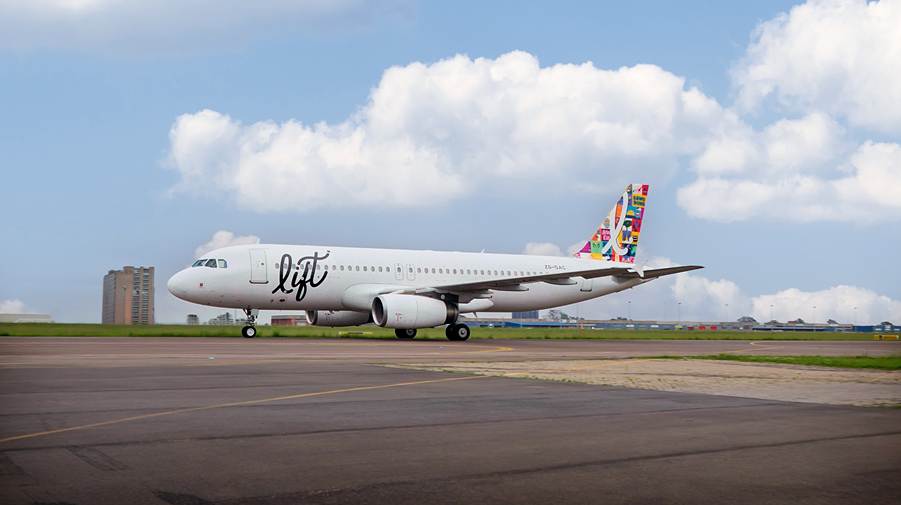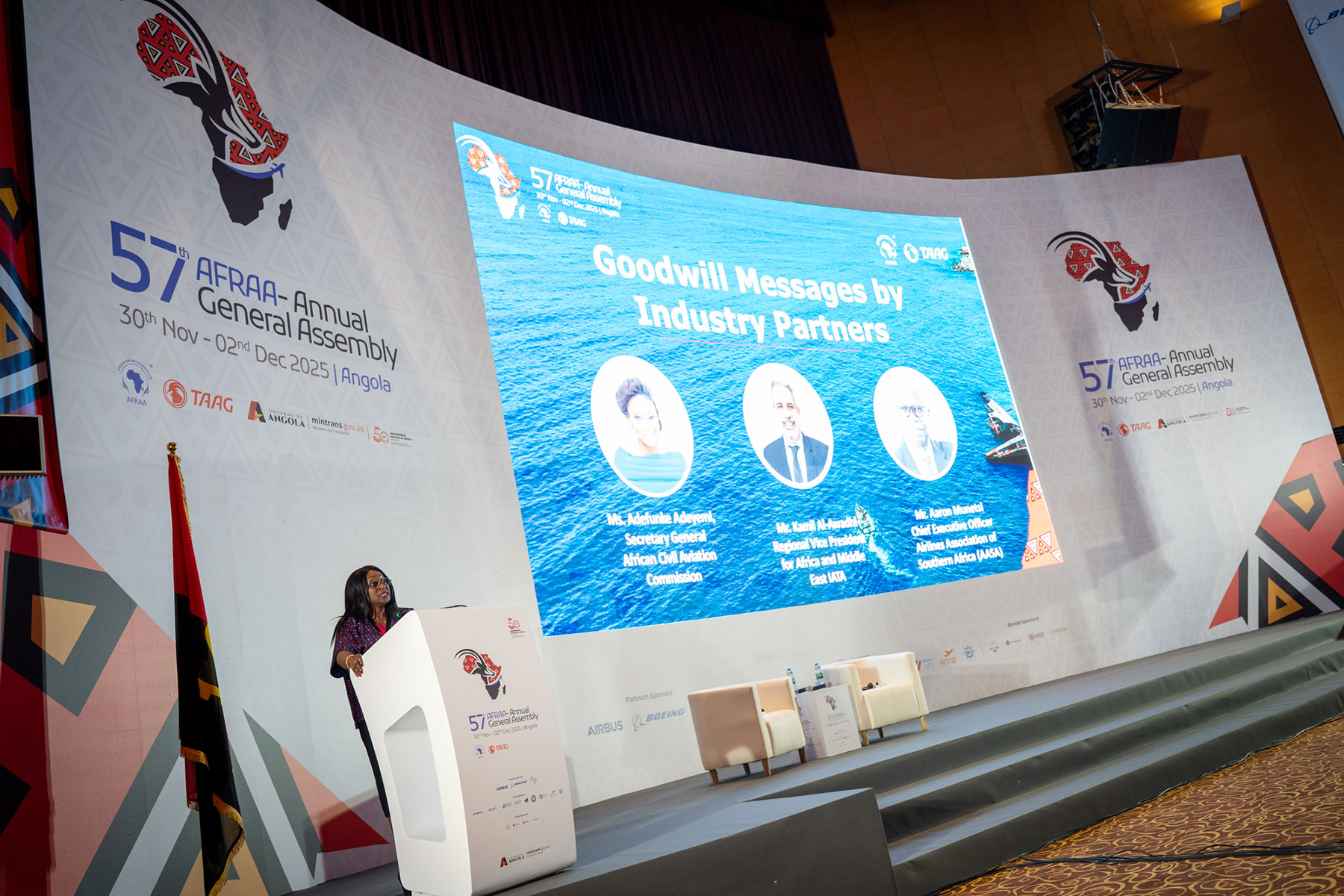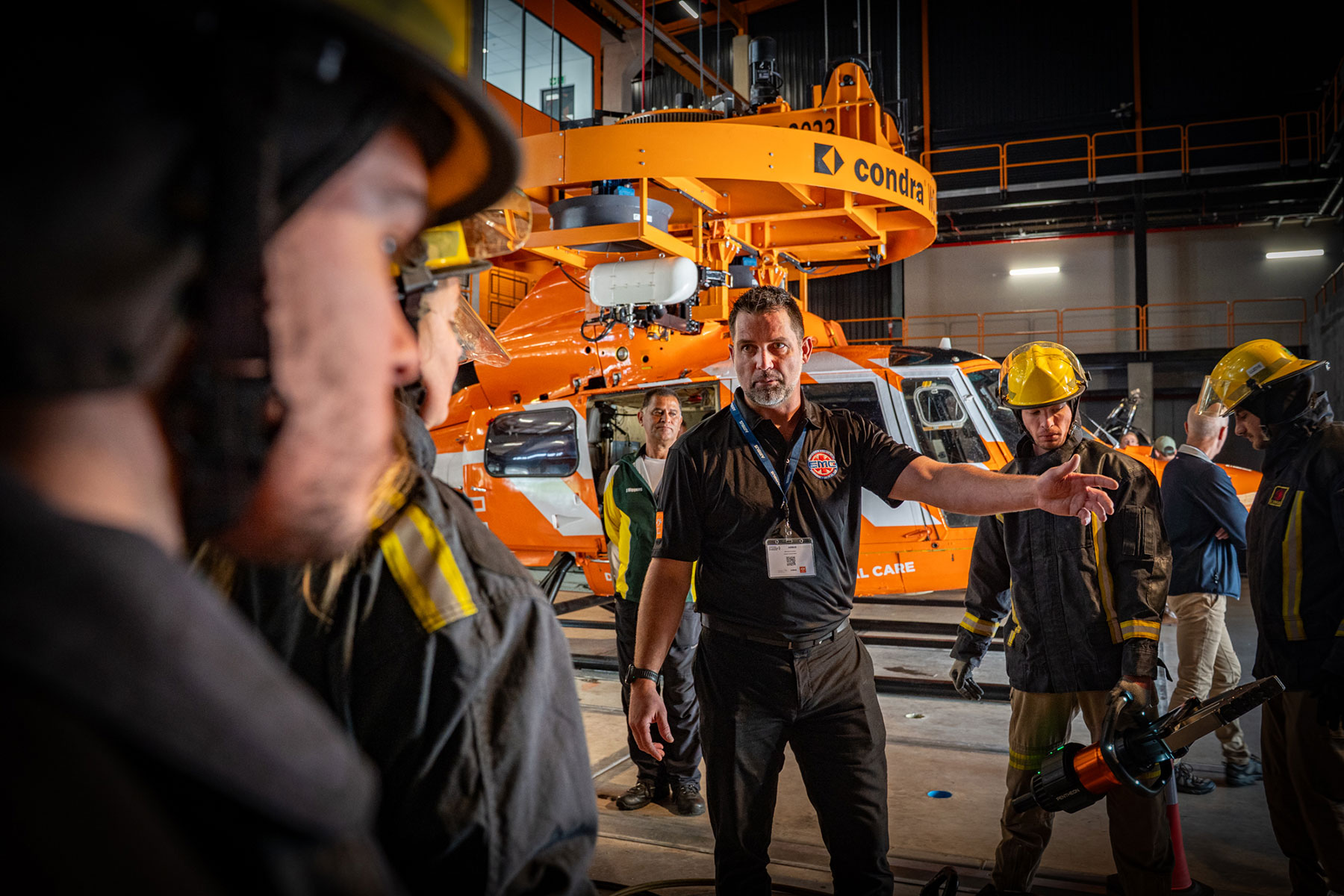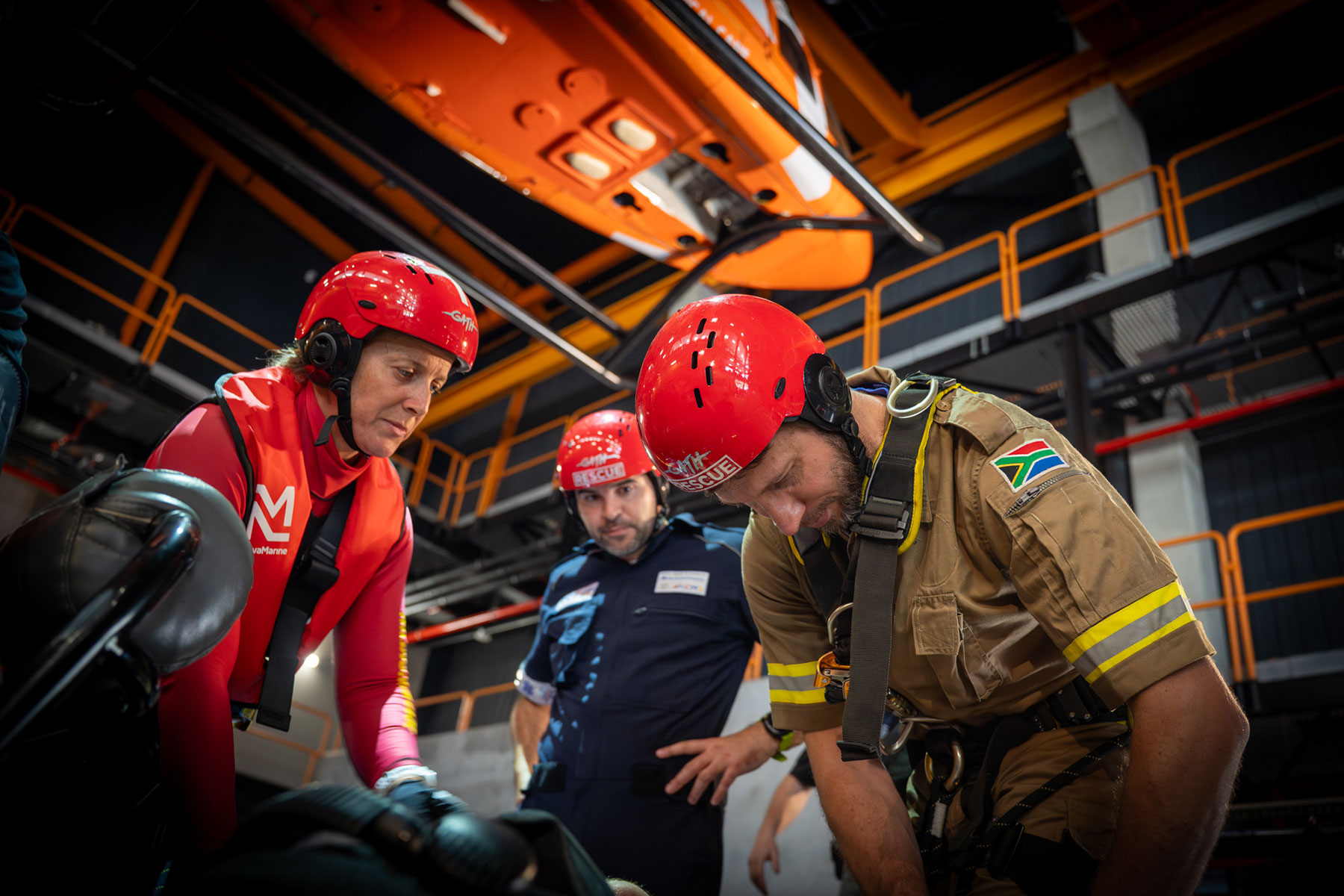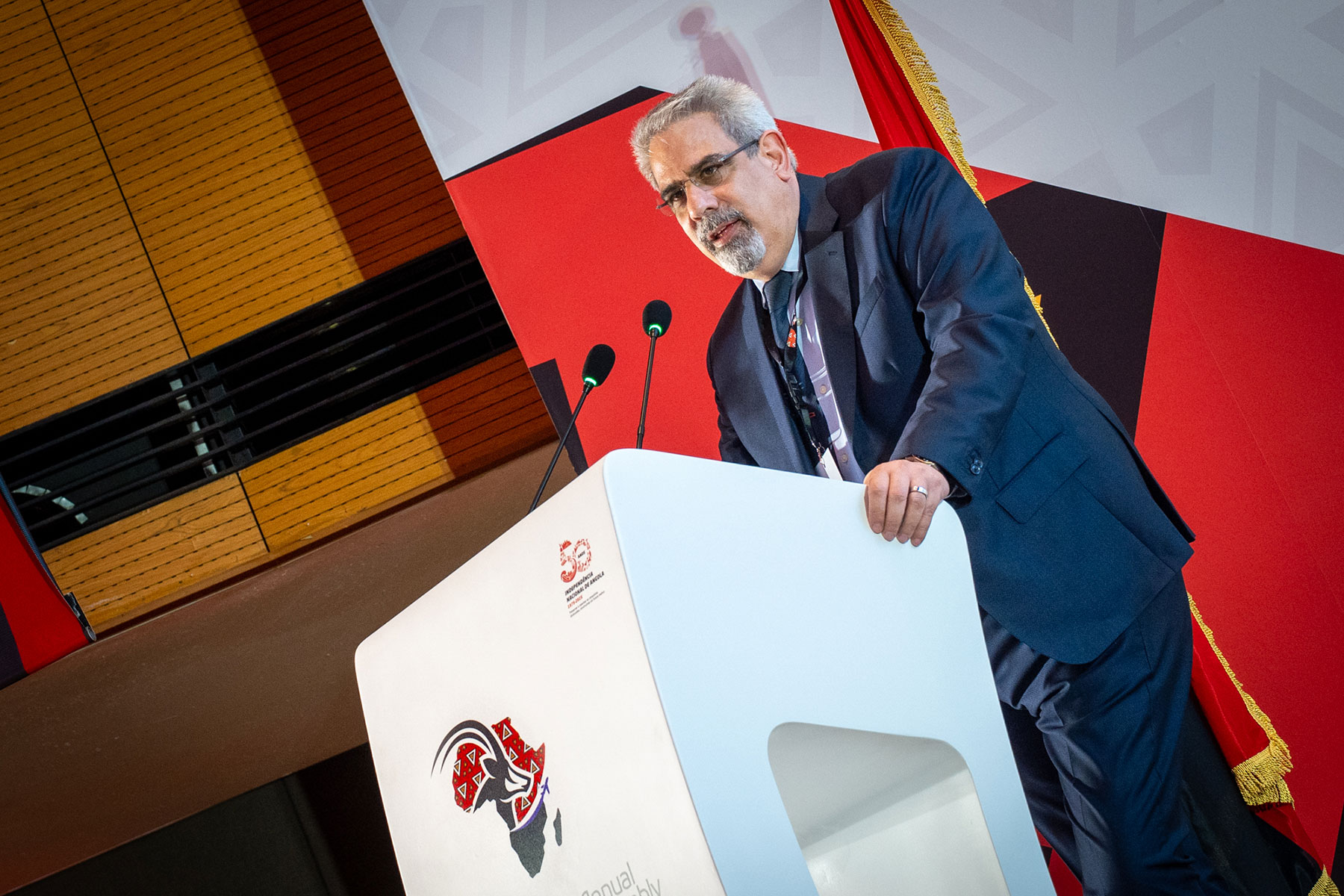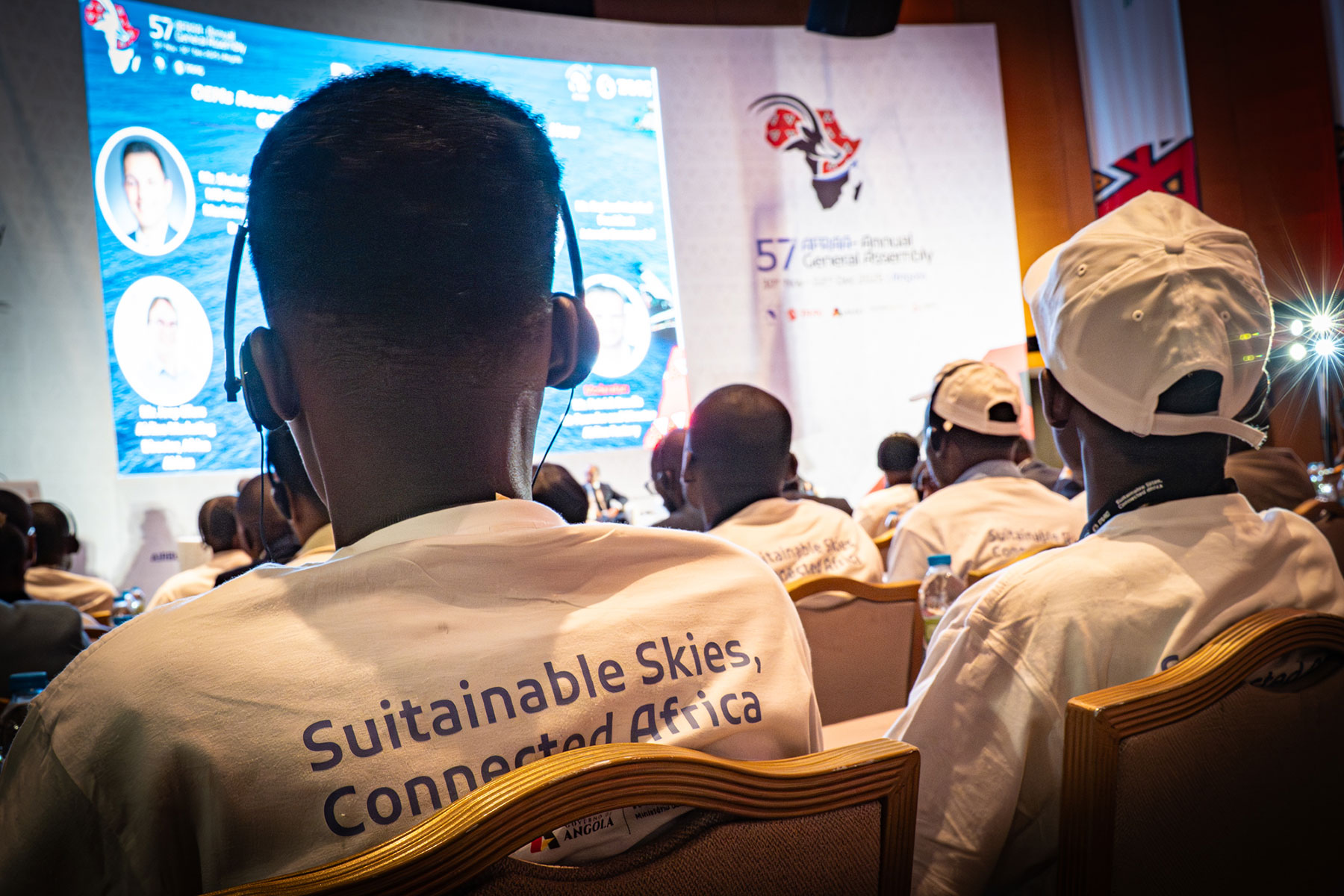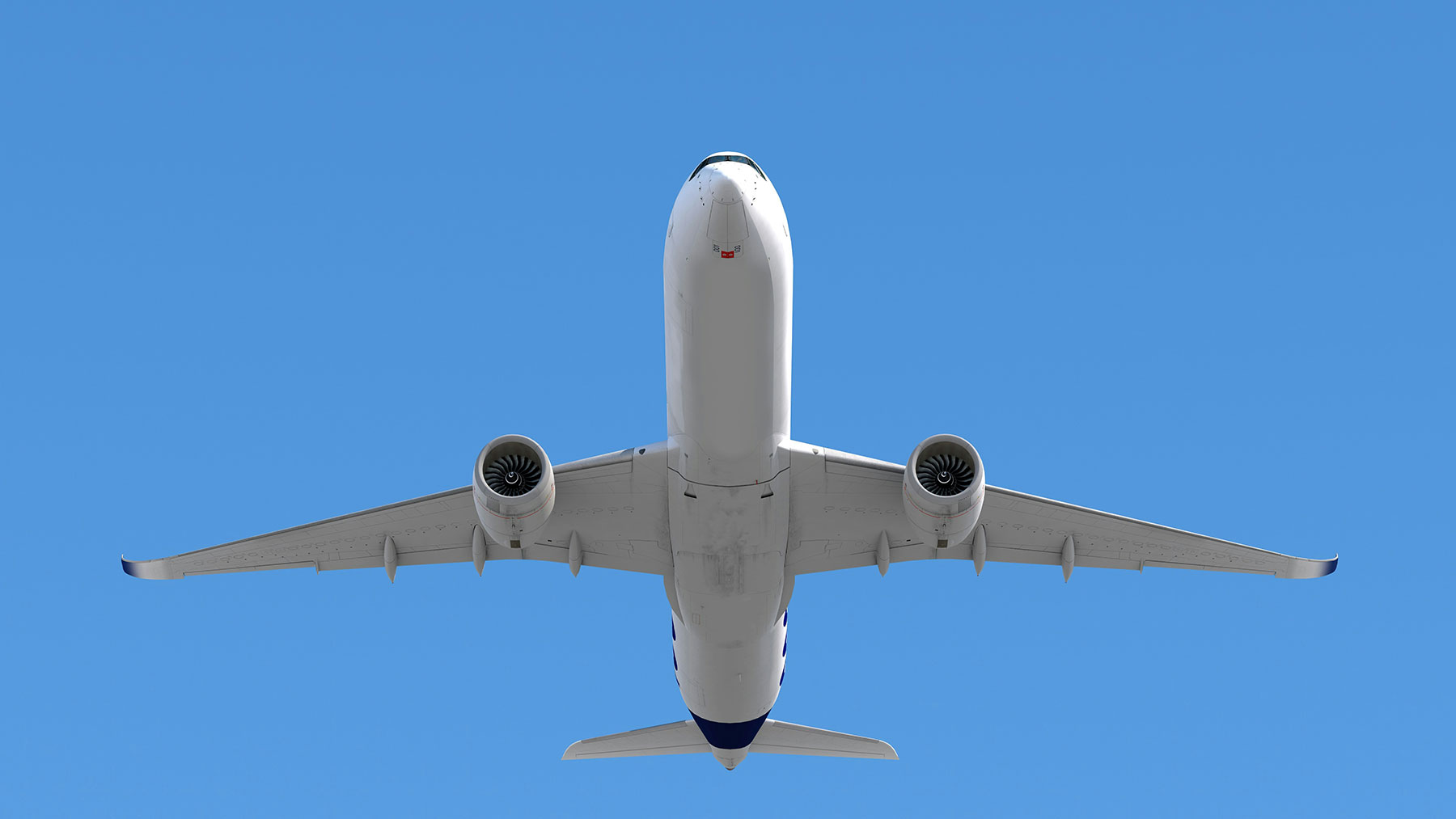The European Union Aviation Safety Agency (EASA) has concluded its long-anticipated study into reduced cockpit crew operations, bringing a significant halt, for now, to the aviation industry’s push toward single-pilot flights. The verdict: the technology and systems currently in place cannot yet match the safety of the traditional two-pilot model.
Published on 18 June 2025, EASA’s final report, based on research conducted by the Royal Netherlands Aerospace Center (NLR), delivered a clear and unequivocal conclusion:
“An equivalent level of safety between eMCO and normal crew operations can currently not be demonstrated.”
For many pilots and industry safety advocates, the findings are not only unsurprising, they are a long-overdue validation of deeply held concerns. The move toward Extended Minimum Crew Operations (eMCO) and Single-Pilot Operations (SiPO) has been criticised for being commercially driven rather than rooted in safety innovation. Now, that criticism is backed by scientific analysis.
Commercial Ambition vs Operational Reality
The concept of eMCO allows for single-pilot operation during the cruise phase, while SiPO envisions end-to-end flights with just one pilot. These operational frameworks have been touted by some manufacturers and airlines as a way to address crew shortages, reduce costs, and embrace future autonomous technology. However, the findings from this study make it abundantly clear: aviation is not ready to make this leap.
European Cockpit Association (ECA) President Capt. Tanja Harter welcomed the report’s clarity: “This very straightforward conclusion confirms our long-standing concerns. We now urge both EASA and ICAO to fully integrate these findings into their decision-making.” Capt. Juan-Carlos Lozano, ECA Technical Director, was more direct: “The push for eMCO is not about addressing a safety gap. It is commercially driven. Any new cockpit technologies must clearly and demonstrably improve safety—and they must complement, not replace, the proven human multi-crew model.”
Key Safety Issues Remain Unresolved
The report outlines several critical vulnerabilities that currently cannot be mitigated:
- Pilot incapacitation monitoring
- Fatigue and drowsiness
- Sleep inertia
- Loss of cross-checking and redundancy
- Physiological needs and breaks
EASA concluded that with current cockpit design, these challenges pose unacceptable risks. Fatigue management, in particular, remains a major hurdle, especially in long-haul or high-demand operations.
An African Angle: Not Our Fight, But Our Future?
While this is a European-led discussion, the implications reach far beyond the continent. African carriers, especially those operating mixed fleets or engaged in global alliances—will inevitably feel the ripple effects. The cost-saving appeal of single-pilot operations may attract budget-sensitive operators, but Africa’s unique infrastructure and operational environments raise additional safety concerns.
Many African nations contend with inconsistent air traffic control coverage, variable infrastructure, and longer response times in emergencies—factors that make the case for two qualified pilots in the cockpit even stronger. As one senior pilot from East Africa put it: “We operate in airspace where even basic communication can be a challenge. Removing one pilot? That’s a non-starter here.”
Smart Cockpits: A Distant Horizon
Despite the pause, the industry’s longer-term ambitions remain. EASA acknowledges that in the future, “smart cockpit” designs, featuring automation, incapacitation monitoring, and advanced workload support, could reignite the discussion. But any such shift will require years of testing in conventional two-pilot settings before regulators can even begin to consider them as standalone safety solutions.
In the meantime, the European Plan for Aviation Safety (EPAS) 2025 will focus on supporting technology development within the existing two-crew model, a quiet but meaningful victory for those advocating for safety-first innovation.
Final Approach: Safety Over Speculation
This is not the end of the single-pilot conversation, but it is a significant checkpoint. For now, EASA’s research draws a clear boundary: no reduction in cockpit crew can match the safety of two trained, alert, and well-rested pilots. Not yet. Possibly not for a very long time.
As African aviation continues to modernise and expand, this pause offers a crucial reminder: not all innovation is progress, and not all cost-saving ideas are worth the risk. For a continent still building its reputation for safety and operational excellence, this is a moment to heed global caution—and to keep both pilots firmly in the cockpit.
